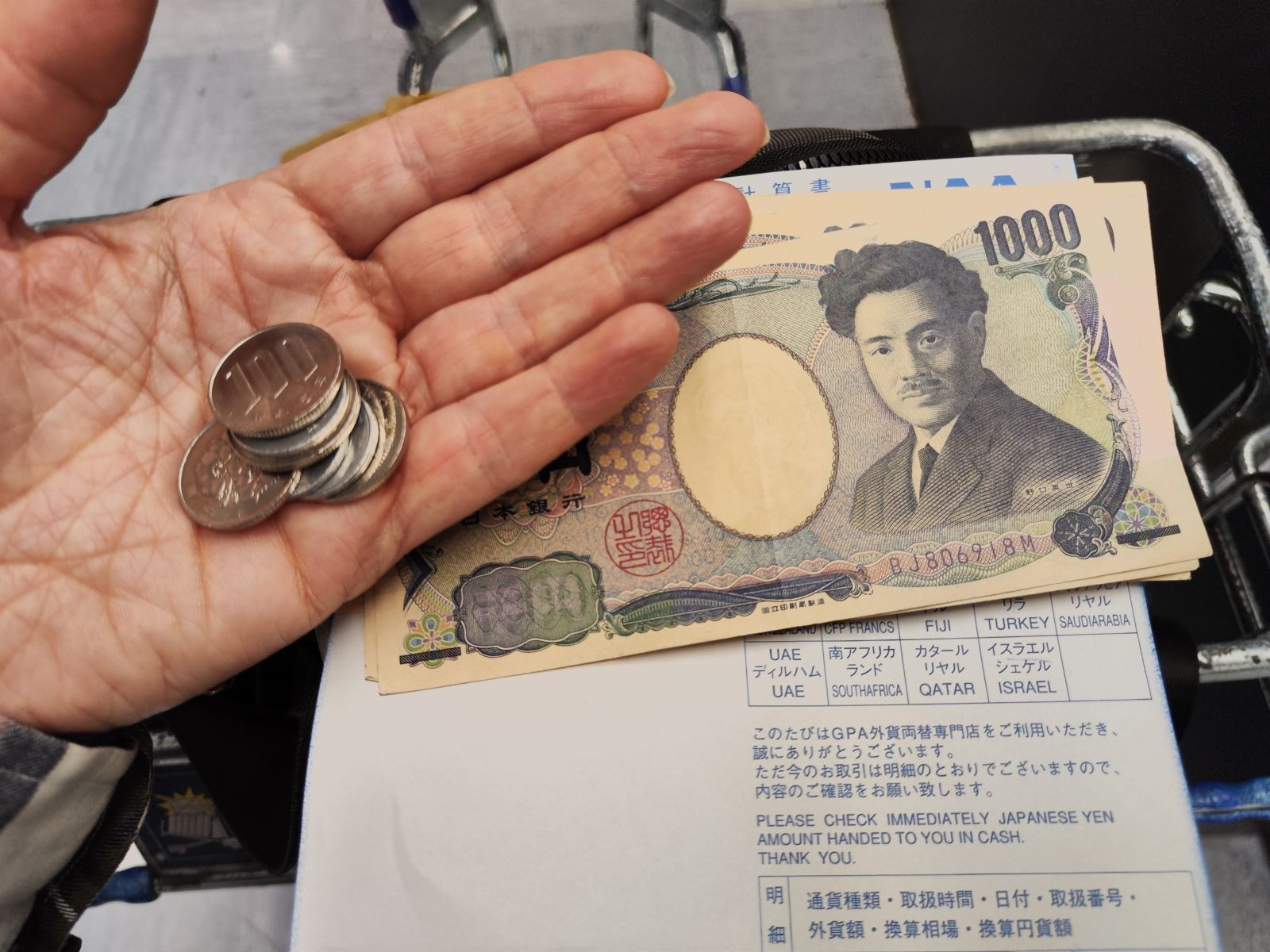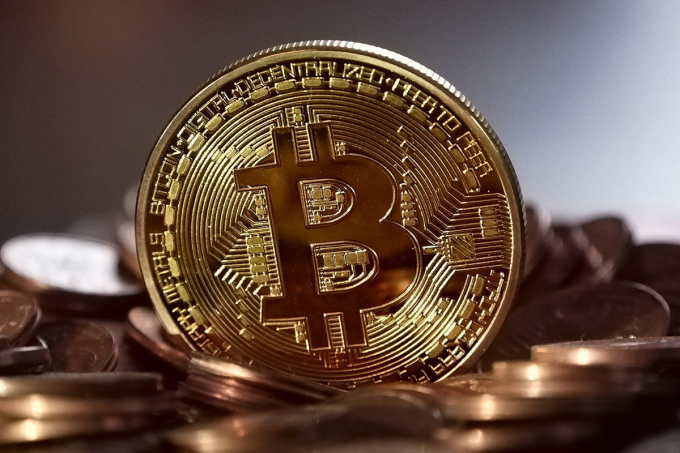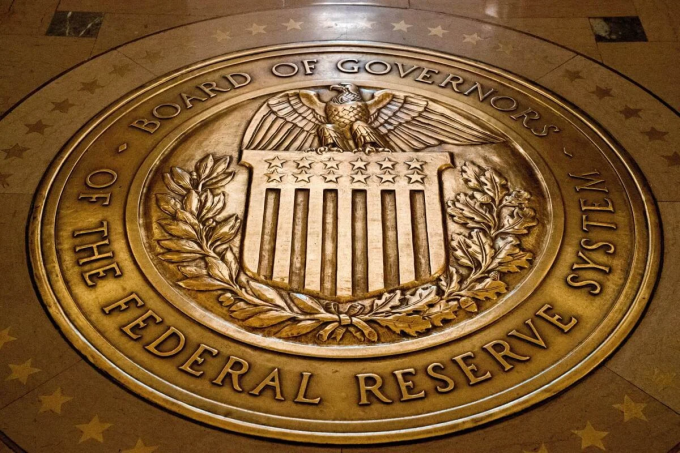Japan has unveiled its first regulated yen-backed stablecoin, becoming the only Asian economy with a fully compliant fiat-pegged token that can operate globally. The launch marks a major step in bridging traditional banking and blockchain finance — potentially positioning Tokyo as the new regulatory hub for digital payments across the region.
Japan’s Regulatory Edge
The stablecoin, issued under Japan’s revised Payment Services Act, is fully collateralized with bank-held fiat deposits and subject to rigorous transparency rules. Unlike unregulated dollar-based stablecoins such as Tether (USDT), Japan’s model ensures every token is redeemable at par value.
The framework allows only licensed banks, trust companies, or registered intermediaries to issue or manage stablecoins — a safeguard that strengthens investor confidence and integrates blockchain innovation directly into Japan’s banking system.
A Regional Benchmark for Compliance
Across Asia, regulators have struggled to balance innovation with stability. South Korea has banned domestic stablecoins, while Singapore has taken a more cautious, case-by-case approval process. Japan’s blueprint — combining strict financial oversight with open blockchain infrastructure — may now serve as a template for others seeking to attract institutional participation.
Cross-Border Potential
Beyond domestic use, Japan’s yen stablecoin is designed for international payments, enabling real-time settlement between Japanese and Asian counterparties. This could reduce reliance on the U.S. dollar and legacy systems such as SWIFT, accelerating financial integration across Asia’s trade corridors.
Forward Outlook:
If successful, Japan’s approach could inspire regional competitors to develop sovereign-backed digital currencies. More broadly, it signals a global turning point — where stablecoins evolve from speculative assets to core tools of regulated finance.













https://shorturl.fm/4KjsQ